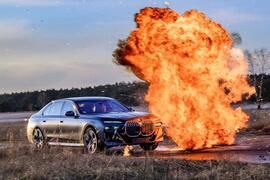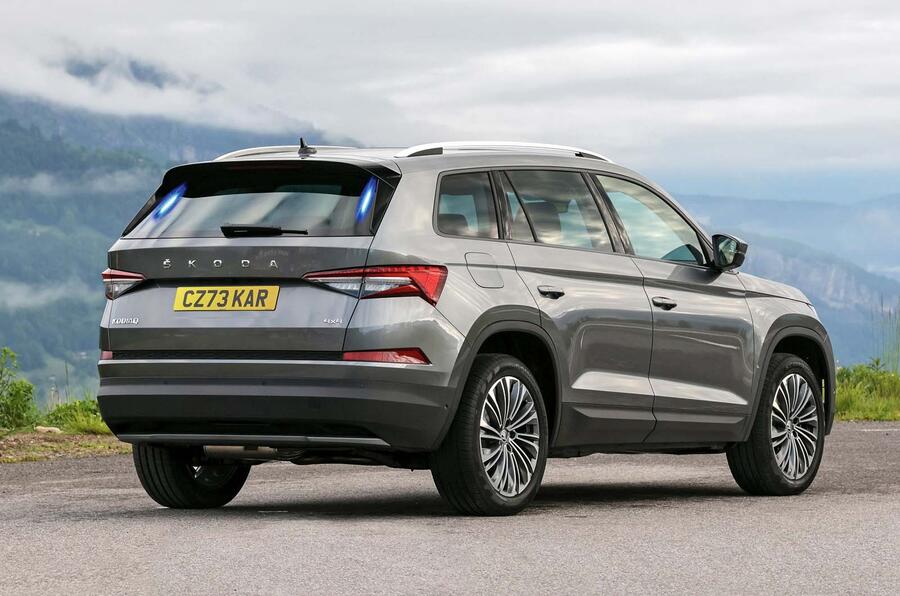 An armoured car must survive bullets, bombs – and an extra tonne
An armoured car must survive bullets, bombs – and an extra tonne
Civilian Armoured Vehicles (CAVs) look nearly identical to the regular cars on which they’re based yet can fend off military-grade attacks. What makes them really extraordinary, though, is how engineers manage to retain the performance and handling needed to outrun baddies, despite all the extra weight.
CAVs are offered either by the car’s manufacturer or third-party specialists and used by governments and private civilians in need of the ultimate protection.
Two British Standards cover them: PAS 300, which outlines the test methods used for ballistic and blast performance of a vehicle, and PAS 301, which assesses a vehicle’s performance, bearing in mind that some can carry a tonne of armour.
CAVs are highly modified to cope with the effect of the extra weight when taking evasive action at speed. Some have air filtration systems in case of gas attacks, back-up battery systems with dual charging and multi-layer laminated armoured glass that’s designed to stay in play even if severely damaged.
Skoda’s new Kodiaq Armoured SUV has passed both the PAS tests, which includes proving ground testing for payload, acceleration maximum speed, handling and braking.
It underwent blast protection testing of the side, roof and underfloor and withstood 200 rounds of ammunition being fired at it using a variety of weapons, including handguns, rifles and assault rifles.
It has uprated suspension and brakes and run-flat tyres complete with a tyre retention system to give it the best chance of making an escape at speed even after sustaining damage from an attack.

On that score, getting PAS 301 certification includes performing industry-standard tests like the lane change manoeuvre, slaloms and general handling tests; and doing the famous J-turn, enabling the driver to reverse at speed from any attempt to block the car’s path and swing the nose around through 180deg in one smooth manoeuvre.
The Kodiaq Armoured also has a siren system and emergency lighting, plus a communications hub based on an 8in touchscreen.
CAVs generally are luxury vehicles, and this Kodiaq retains the same creature comforts as the standard car, along with 2000 litres of boot space and various powertrain options, including four-wheel drive.
The UK government uses Audi A8 CAVs. These can be purchased by individuals but Audi keeps the technical details under wraps for security reasons. JLR built a Range Rover CAV for a number of years but hasn’t done so on the new model.
Despite hefty prices, CAVs are relatively popular. For example, Skoda has sold almost 500 examples of the £130k Superb Armoured estate since its 2018 launch.